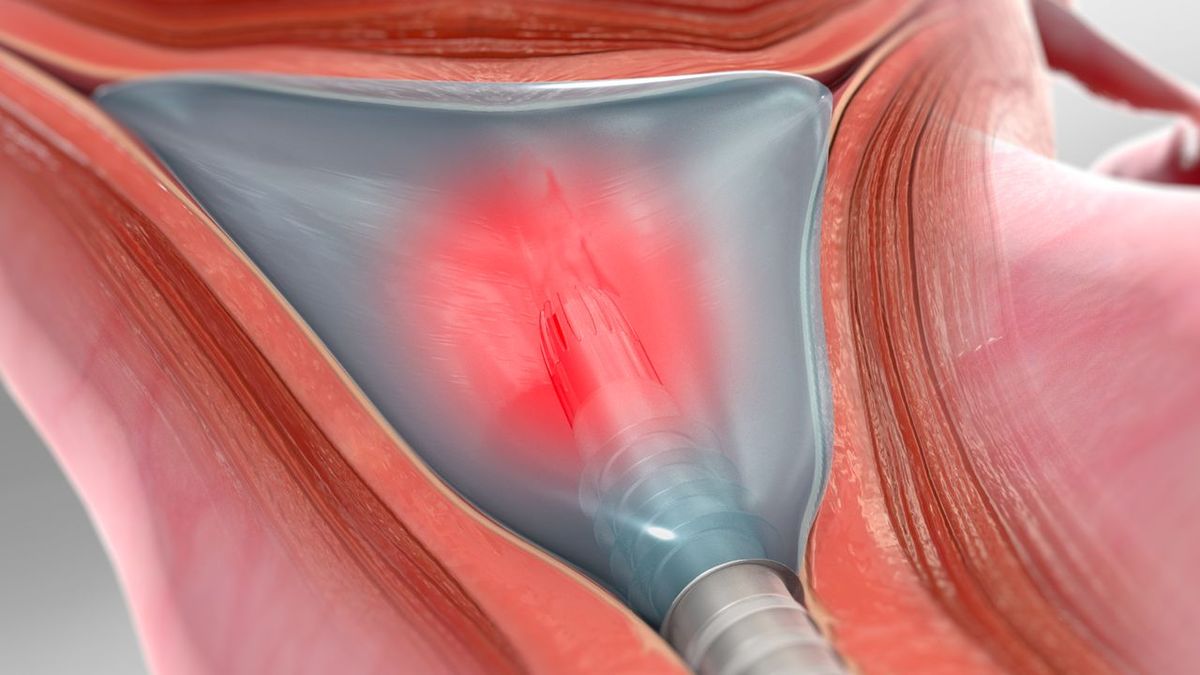Endometrial Ablation
Overview
Endometrial ablation is a minimally invasive procedure used to treat abnormal uterine bleeding, especially heavy menstrual bleeding (menorrhagia). The goal is to destroy (ablate) the endometrial lining of the uterus — the source of menstrual bleeding — thereby significantly reducing or stopping periods altogether.
This procedure is not a form of contraception and is only suitable for people who do not wish to become pregnant in the future.
Who It’s For
Endometrial ablation may be an effective treatment if you:
- Experience heavy or prolonged periods that affect your quality of life
- Have tried (or are unsuitable for) medical treatments such as the Mirena or hormonal therapy
- Have completed your family and do not plan further pregnancies
- Have a normal-sized uterus and no large fibroids or suspected cancer
It is not suitable if:
- You have active pelvic infection
- You are postmenopausal
- You have a history or suspicion of endometrial hyperplasia or malignancy
- You have significant intracavitary pathology like large fibroids or a distorted cavity
How It’s Performed
Endometrial ablation is usually performed as a day procedure under general anaesthetic using the Hologic NovaSure device.
A slender device is placed through the cervix and deploys a flexible, triangular netting inside the uterus.
This netting expands to fit the unique shape of the uterus, and then delivers precisely measured radiofrequency energy (heat) to the entire lining of the womb for about 90 seconds. The energy destroys the tissue that causes bleeding, after which the device is simply withdrawn, leaving nothing behind.
The procedure typically takes 10–15 minutes and is performed in conjunction with a diagnostic hysteroscopy and endometrial biopsy.

Recovery
- Cramping and spotting or watery discharge are common for up to 2–4 weeks.
- Most patients return to work and normal activities within 1–3 days.
- You should avoid swimming, intercourse, and tampons for around two weeks or as advised.
Benefits and Success
- 85–95% experience lighter periods or complete cessation
- Over 50% stop bleeding entirely
- High satisfaction and low complication rate
- Not a sterilisation method, but pregnancy afterward is rare and potentially dangerous — contraception is still recommended
Risks
- Cramping, discharge, or infection
- Failure to improve symptoms (requiring repeat treatment or hysterectomy)
- Rarely, uterine perforation or thermal injury to surrounding structures
- Post-ablation tubal sterilisation syndrome (rare complication in patients with prior tubal ligation)
Alternatives
- Mirena (levonorgestrel-releasing IUD)
- Combined or progesterone-only oral contraceptives
- Tranexamic acid or NSAIDs
- Hysterectomy (for definitive treatment)
- Uterine artery embolisation (if fibroids contribute)

Dr Sam Holford
Is ablation suitable for you?
If you have further questions, you’ll have the opportunity to discuss everything during your consultation — including whether surgery is right for you and what your alternatives are. All decisions are made together.
Book an appointmentFAQs
Patient Resources
- RANZCOG: Endometrial Ablation
- RANZCOG: Hysteroscopy
- RANZCOG: Heavy Menstrual Bleeding
- AGES: Endometrial Ablation Video
Why Choose Me?
I offer a thoughtful, individualised approach to heavy menstrual bleeding and continue to contribute to national guidelines on diagnosis and management. I perform high-quality diagnostic ultrasound and hysteroscopy to ensure ablation is safe and likely to be effective. I will support you through a clear decision-making process, help you explore alternatives, and deliver excellent follow-up care. For many, endometrial ablation is a life-changing alternative to long-term medication or major surgery.
Please note: This information is general in nature and not a substitute for medical advice tailored to your specific situation.
